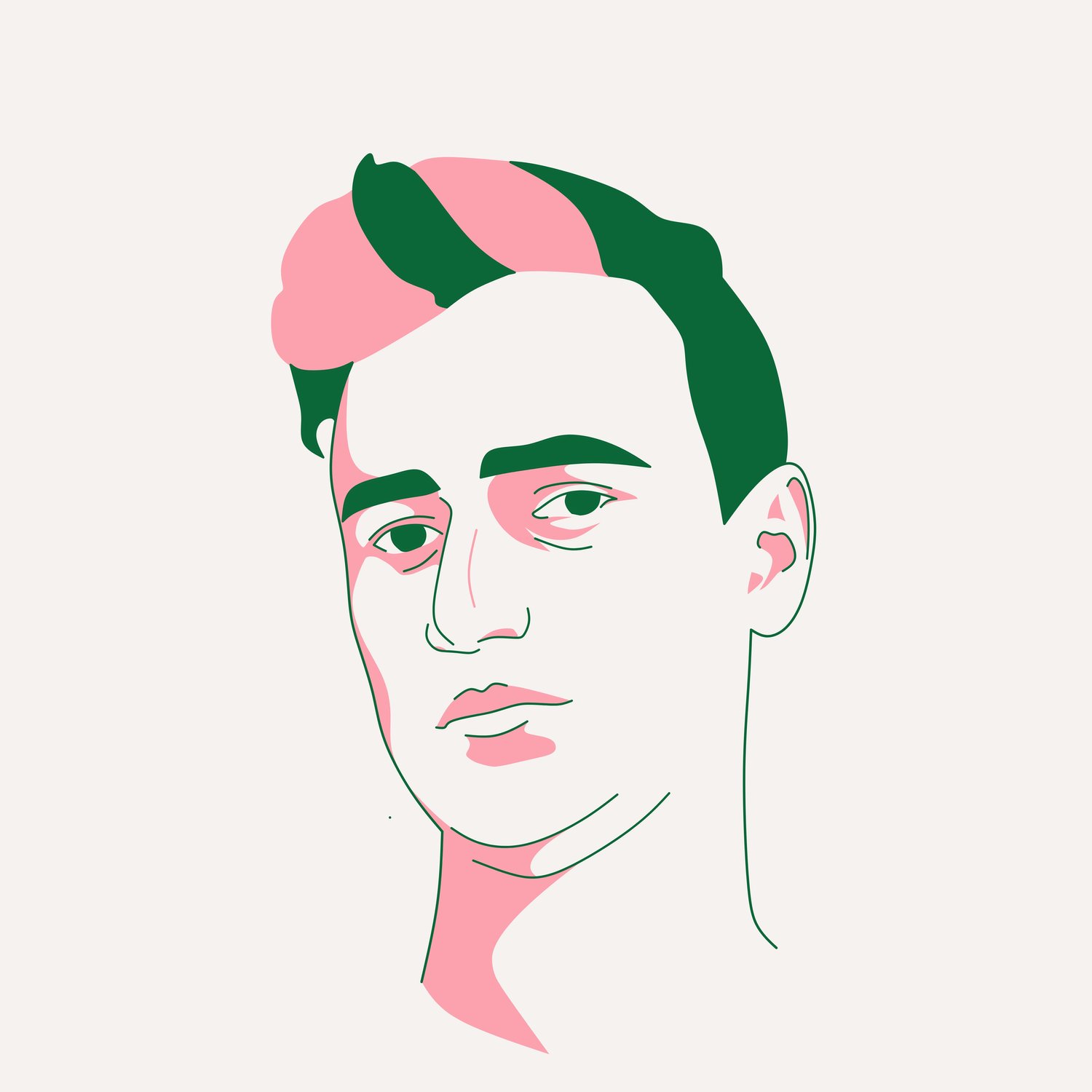01 - ‘Tintin in the Land of the Soviets’ (1930) || Radio Tintin
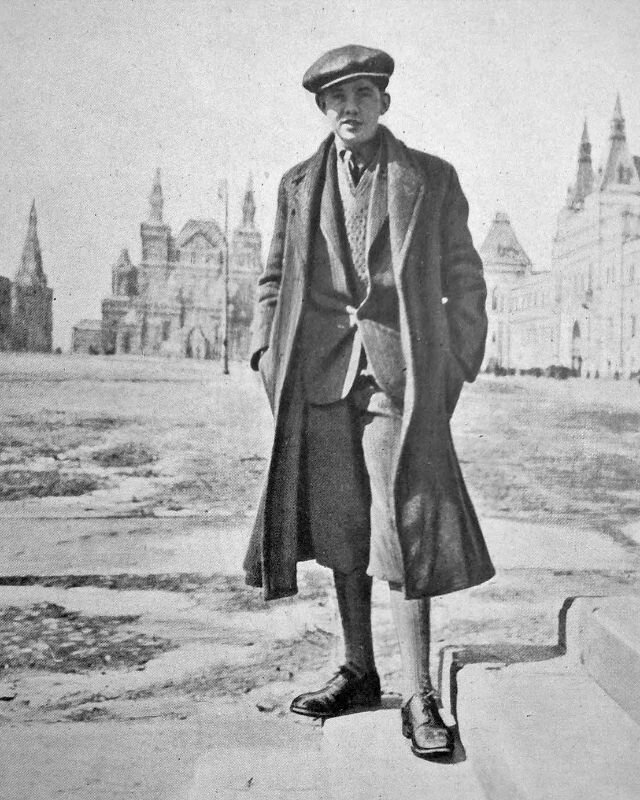
Philippe Goddin asserts that the globe-trotting Danish boy scout Palle Huld would have directly or indirectly inspired Norbert Wallez and Herge. While he is never directly cited as an inspiration by either man, Huld—only 15 at the time of his travels—does seem like a real-life Tintin, making headlines only a year before Herge put pencil to paper.
Photograph and description from The Real Tintin: Rare Vintage Photos of Palle Huld, a Teenage Boy Who Travel Around the World in 44 Days in 1928.
“In 1928 the Danish newspaper Politiken held a competition in honor of Jules Verne, the prize being, rather fittingly, an around the world trip. The competition was open only to teenaged boys who would be assisted to circumnavigate the globe in 46 days unaccompanied and by using any means of transportation with the exception of aviation.
Fifteen year old Palle Huld from Hellerup was chosen as the winner from hundreds of applications. On March 1, 1928 he left Denmark and traveled through England, Scotland, Canada, Japan, Korea, China (Manchuria), the Soviet Union, Poland and Germany. In 44 days he made it back to Copenhagen to the cheers of a crowd of twenty-thousand. Shortly after his homecoming he made an additional journey (now mostly dressed in his scout uniform) to Sweden, England (where he met Baden-Powell) and France (where he laid a bouquet of flowers at the grave of Jules Verne).”

‘Moscou Sans Violes’ (Moscow Without Veils) by Joseph Douillet. This book would be Herge’s primary source of information when depicting Soviet Russia.
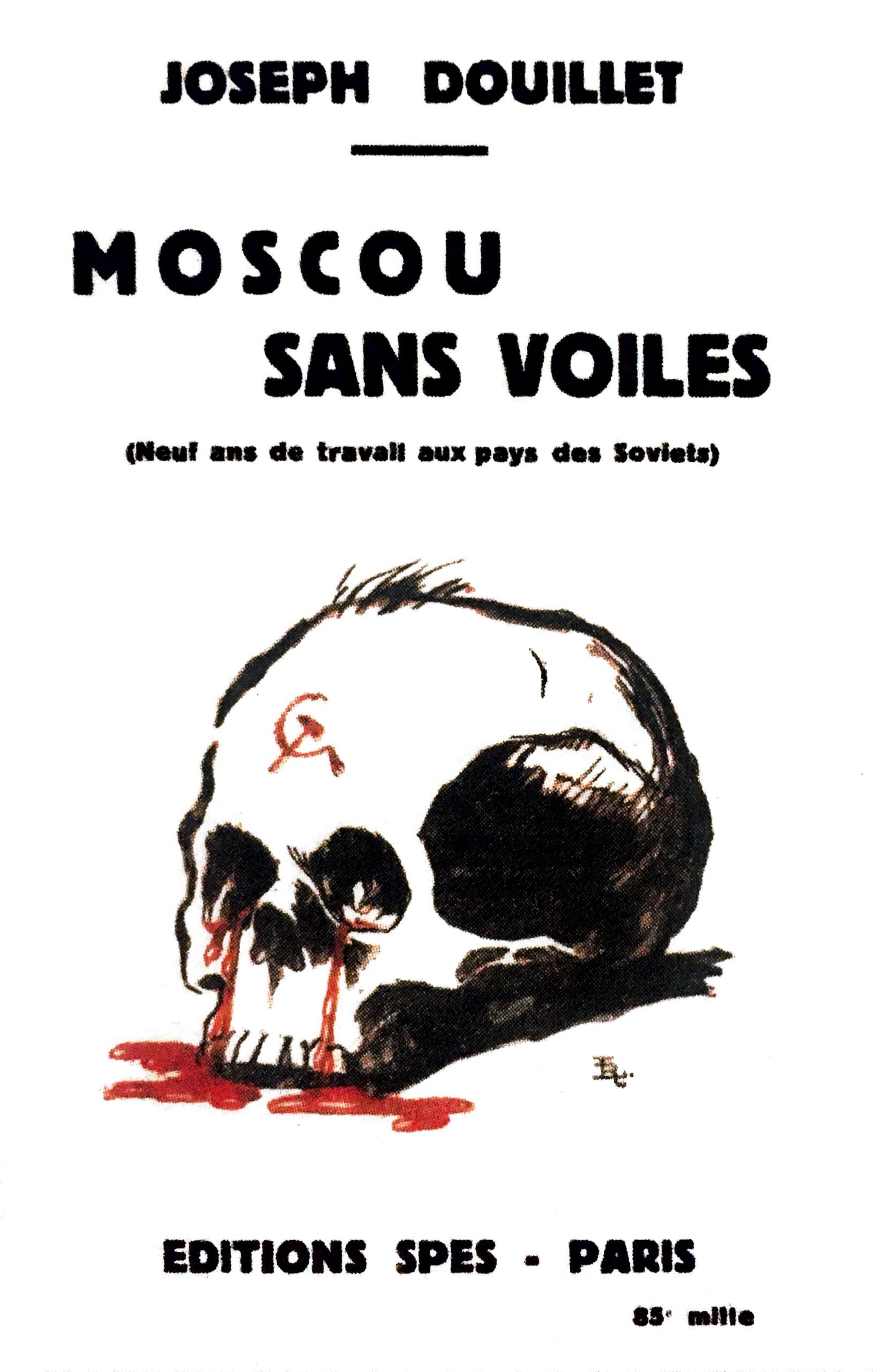
Another edition of “Moscow Without Veils”, with a somewhat-less subtle cover.
Found in:
Hergé. Tintin in the Land of the Soviets: Coloured Version. Editions Moulinsart, 2017.
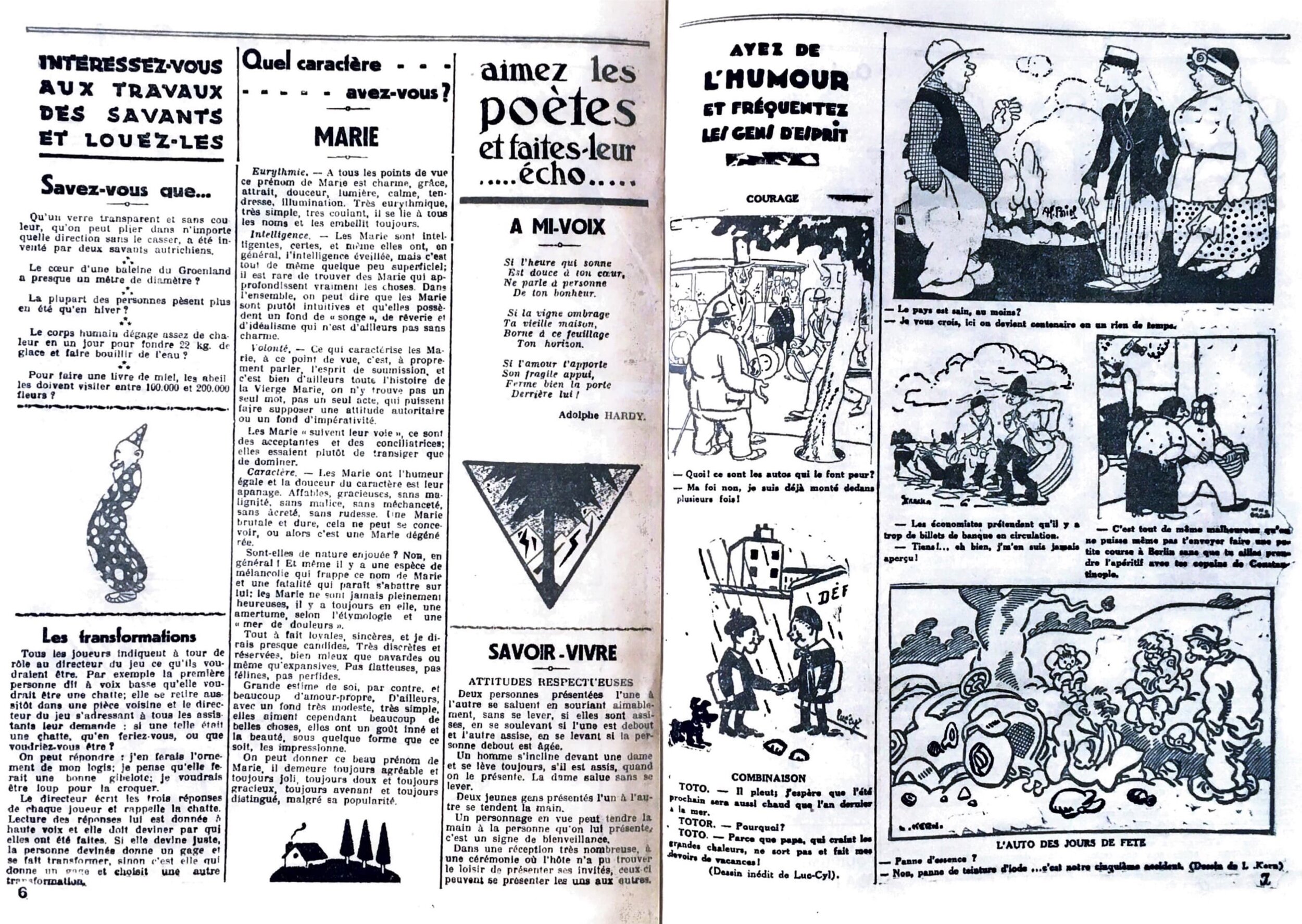
The first pages of Tintin in the Land of the Soviets, as it originally appeared in the pages of Le Petit Vingtieme. Scanned from a facsimile included in Dominique Maricq’s fantastic reference book, Herge and the Treasures of Tintin (Goodman, 2014).
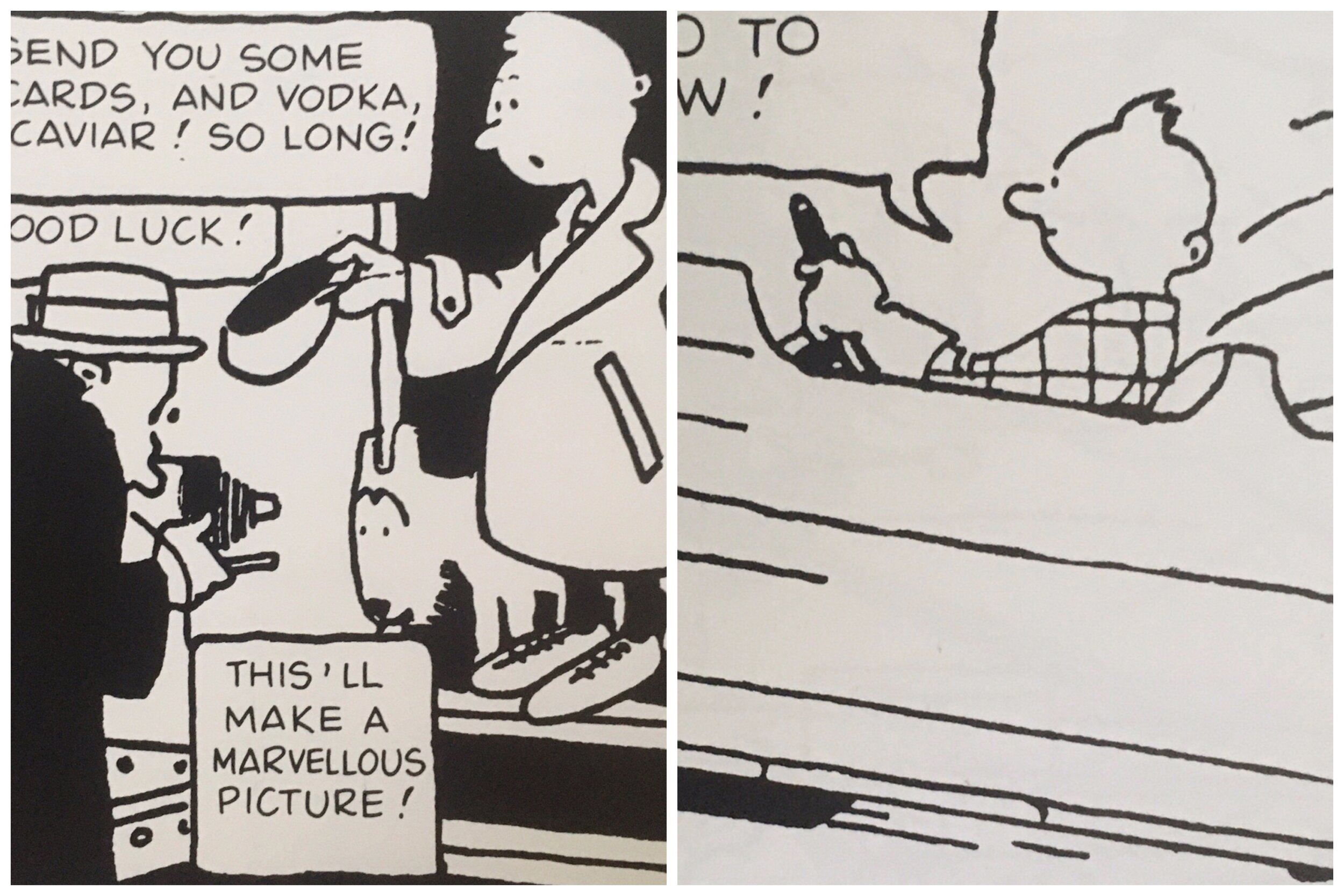
Tintin sets off to Russia with a flat hairstyle (left). Page 11, panel 3 ( right) shows the precise moment he acquires his iconic quiff.
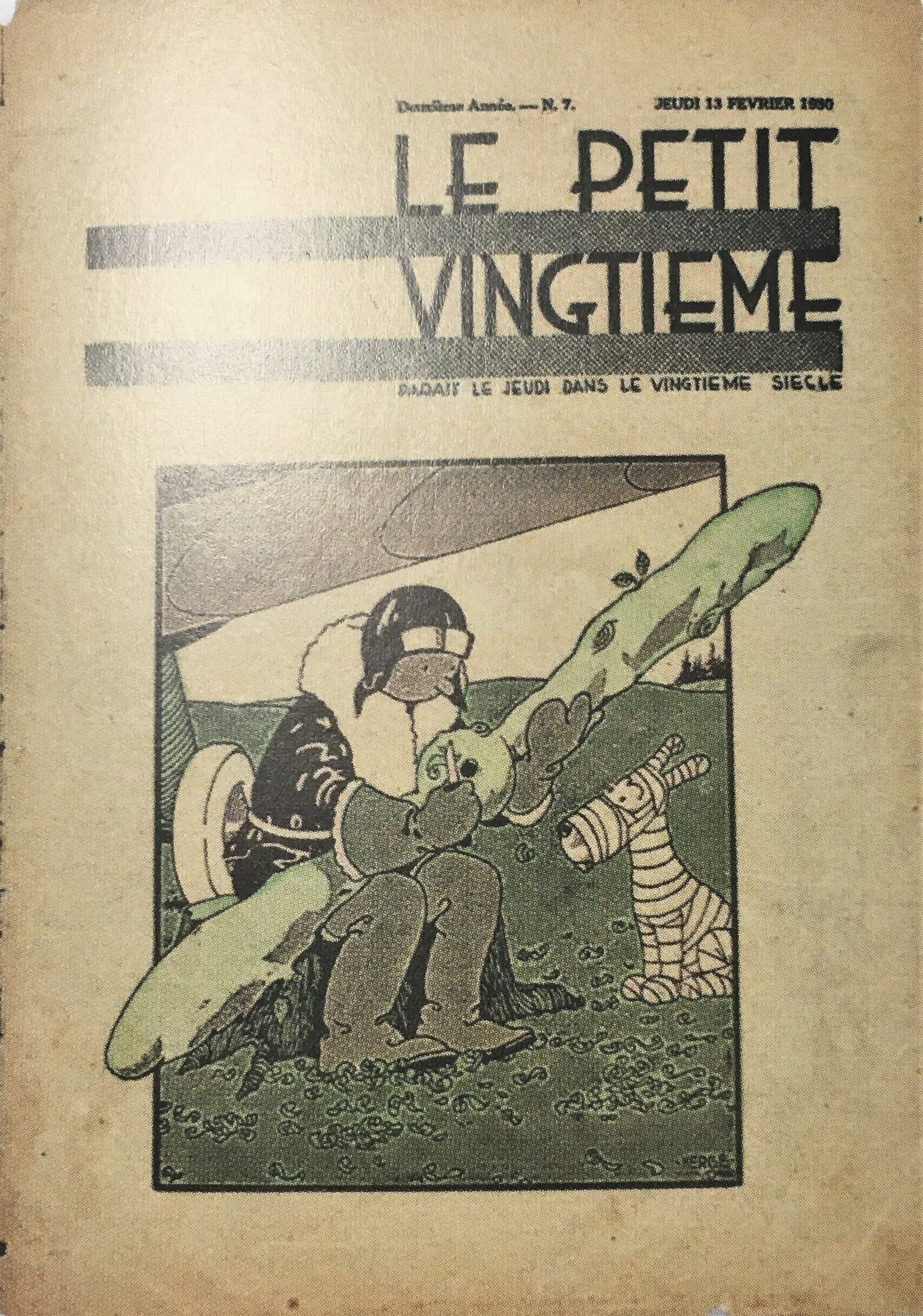
Cover of Le Petit Vingtieme, Febuary 13, 1930, depicting Tintin carving a propeller from a plane. It’s unknown if Herge ever completed this task in his own time as a boy scout.
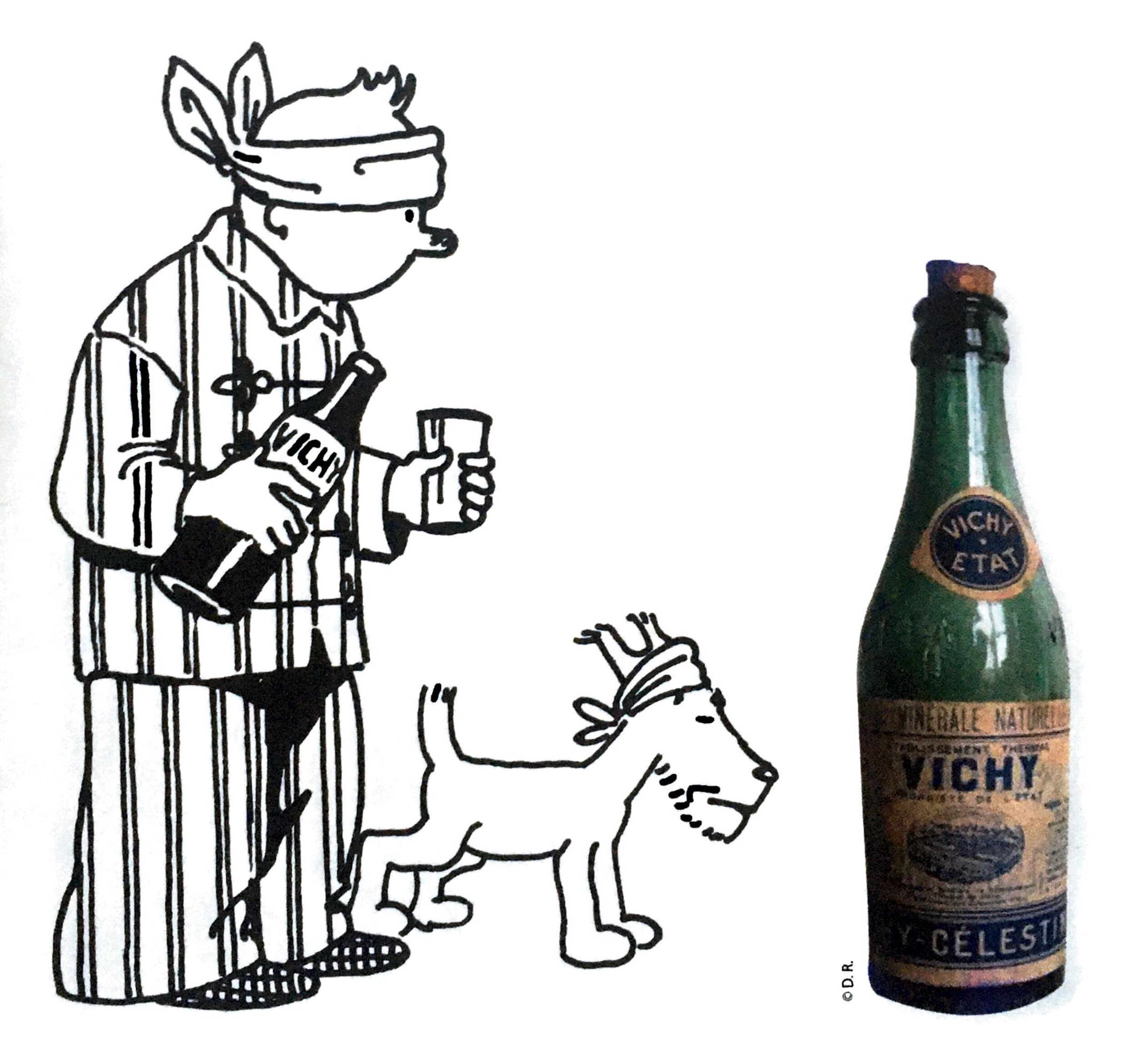
In his preface of the 2017 colored edition of ‘Land of the Soviets’, Philippe Goddin dispels the myth that Herge didn’t begin utilizing sources until a few stories later, pointing out the many objects in ‘Soviets’ are based on real-world examples, such as Tintin’s bottle of Vichy mineral water.
Hergé. Tintin in the Land of the Soviets: Coloured Version. Editions Moulinsart, 2017.
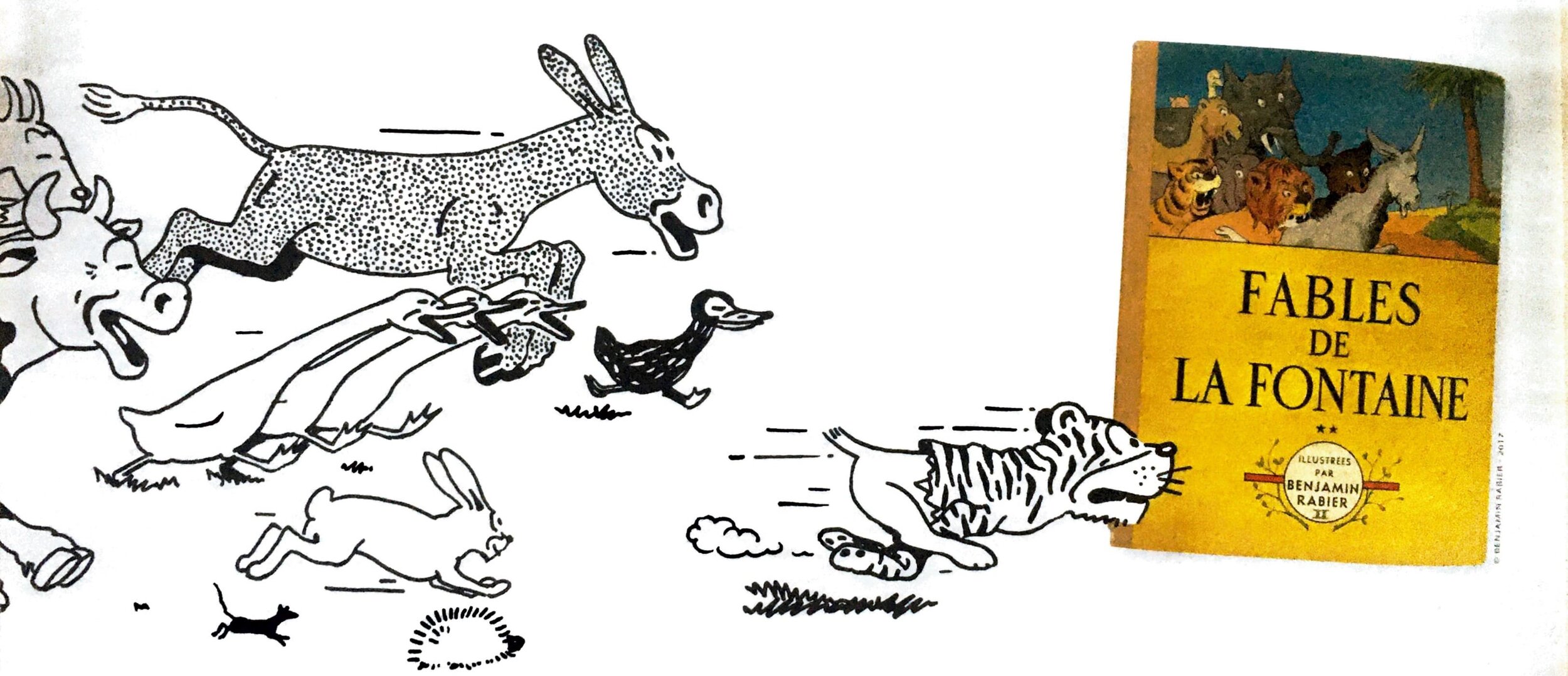
Herge would cite French illustrator Benjamin Rabbier as an early inspiration on his own work, particularly in his use of line and color.
Hergé. Tintin in the Land of the Soviets: Coloured Version. Editions Moulinsart, 2017.
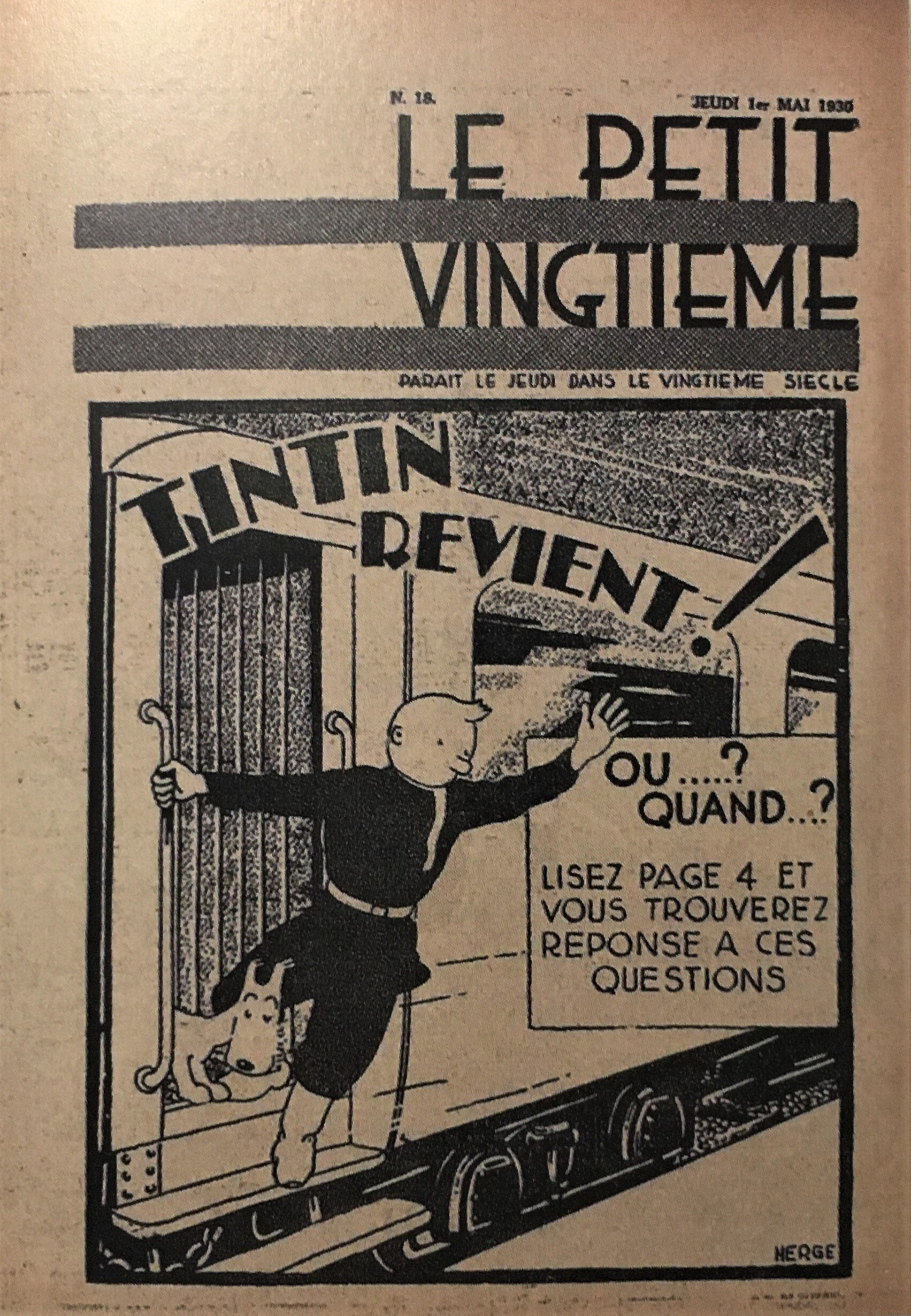
Cover of Le Petit Vingtieme, May 1, 1930.
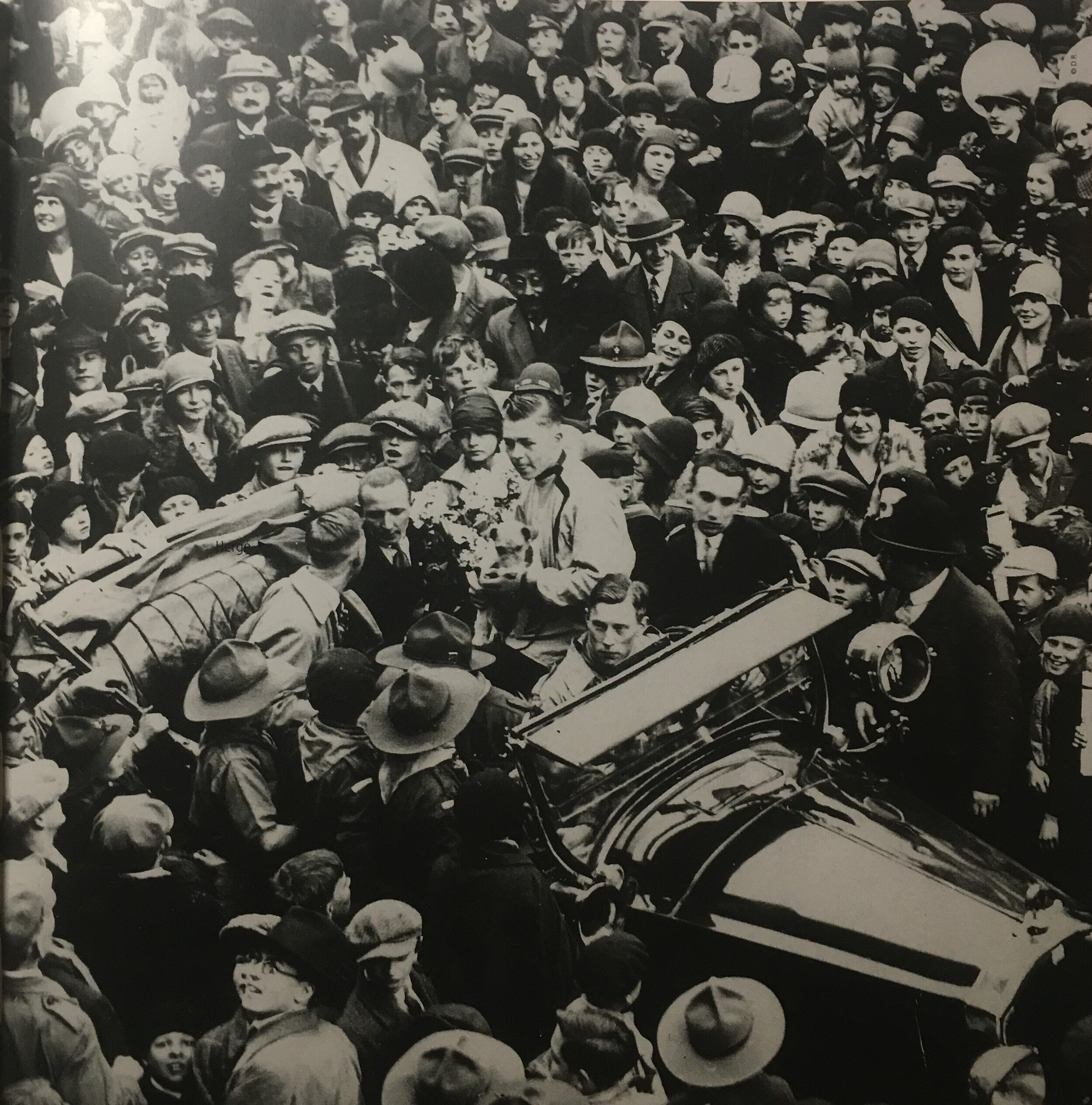
Publiciity stunt organised by Le Petit Vingtieme to celebrate Tintin’s return from the Soviet Union on the 8th of May, 1930. Herge can be seen leaning away in the car.
Daubert, Michel, and Hergé . Tintin: the Art of Hergé. Abrams ComicArts, 2018.

The first 500 copies of ‘Soviets’ were autographed by "Tintin” (actually Herge) and “Milou” (the French name for Snowy, actually Germaine Kieckens, Norbert Wallez’ secretary and later Herge’s wife).
Hergé. Tintin in the Land of the Soviets: Coloured Version. Editions Moulinsart, 2017.

The special 2017 reissue of ‘Soviets’ shows Herge’s first story available in color for the first time ever, as well as an exclusive preface by Philippe Goddin.
Goddin (translated in Google):
UPON A FIRST TIME…
Considered with respect by most of those who have been kind enough to examine it closely, Tintin’s debut album is too often looked down upon by others. Its coloring will give it a new seduction, to the point of allowing the revision of certain judgments.
Hergé. Tintin in the Land of the Soviets: Coloured Version. Editions Moulinsart, 2017.

An example of the unique color palette in the 2017 special edition of ‘Soviets’.
Hergé. Tintin in the Land of the Soviets: Coloured Version. Editions Moulinsart, 2017.
